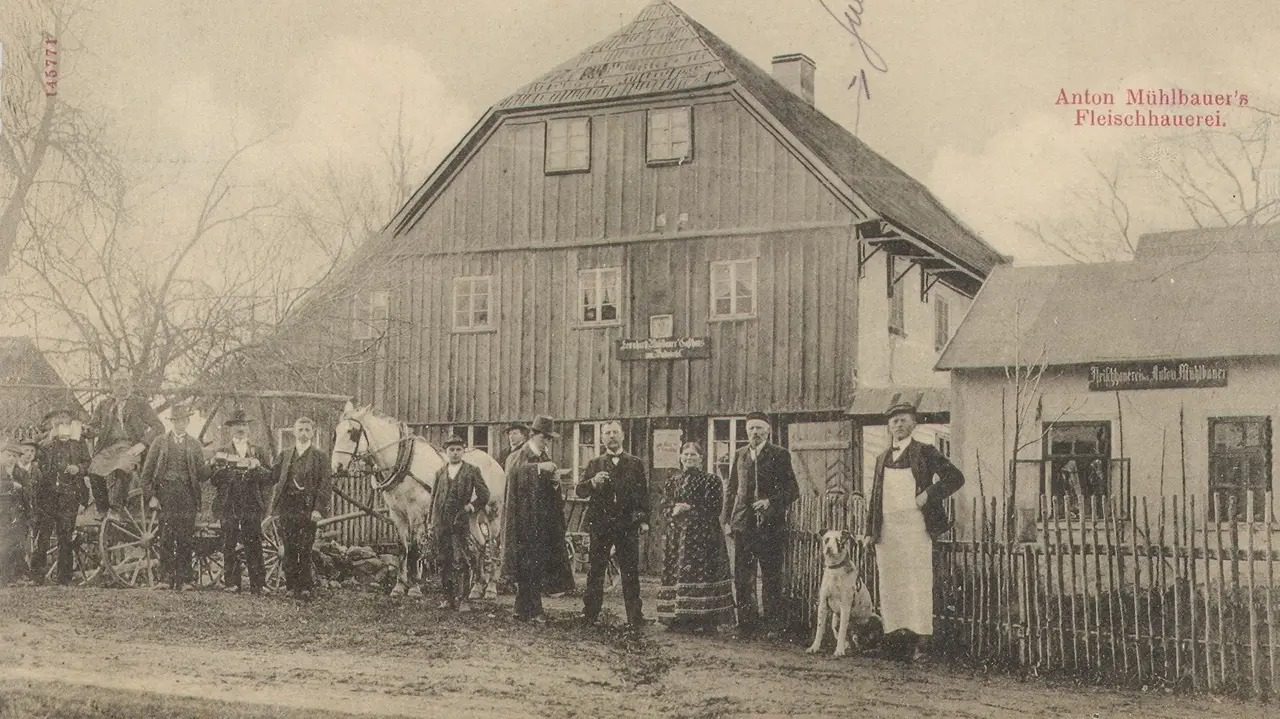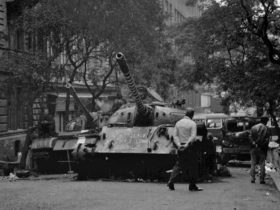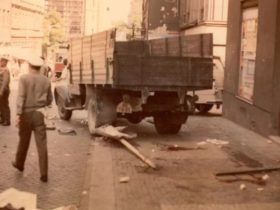A once significant village that stretched six kilometers along the border ridge of the Český les has been brought back to life after 80 years. Pavlův Studenec, now reduced to ruins hidden amidst bushes and earth, is experiencing a revival thanks to a group of dedicated enthusiasts.
These volunteers have meticulously marked the locations of houses, a school, a church, and shops that once stood on the main street. Matouš Horáček, the main initiator and vice-chairman of the Czech-Bavarian Friendship and Cooperation Association, explained, “We will mark sixteen buildings on the former main street. Unfortunately, this is just a fraction; we couldn’t manage more.”
Using old cadastral maps and plans, the volunteers compared them with the current landscape to pinpoint the exact locations of the buildings. “For precise localization, we use tape measures. We’ve also spoken to local witnesses and will include some of the village’s historical stories,” Horáček added.
Pavlův Studenec was established in the 18th century on an old trade route and was predominantly inhabited by Germans. In 1921, the village had about 1,400 residents. “However, they were expelled after World War II,” Horáček noted. During the Iron Curtain era, most of the buildings were demolished. “Only a few structures remain. For instance, border guards turned the church into an observation post, removing the roof and adding a machine gun,” explained Zdeněk Procházka, who studies the history of extinct villages in the Český les.
Post-revolution, Germans restored the local cemetery, and nearby stands the Bottger monument. “We wanted to remind people of the vibrant life the village once had. It had a post office, guesthouses, a cobbler’s workshop, a German school with a small Czech class, and even the writer Max von der Grün lived here,” Horáček recounted.
Next weekend, the volunteers are organizing a unique Czech-German festival featuring guided tours, discussions with witnesses, historical photo exhibitions, and an open-air cinema screening of the film “Memory of the Český les.” “After the screening, there will be a discussion with the film’s director. We want people to experience something new and hear the landscape speak,” explained Horáček.
Despite being in a protected landscape area, attendees can camp overnight from Saturday to Sunday. “We got an exception. We recommend arriving on Saturday and staying overnight,” he added. The event is supported by the Czech-Bavarian association, members of Via Carolina, and local authorities. Horáček emphasized, “This support is invaluable to us.”
The organizers hope the festival will leave a lasting impact. “In addition to a short documentary, a tourist app will be created to guide visitors through Pavlův Studenec in the future,” revealed Horáček. However, next year’s festival will likely be held in a different extinct village to continue the revival efforts.









